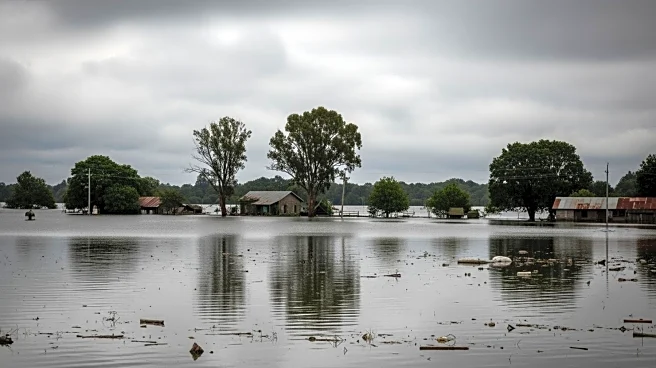What's Happening?
A study documented changes in herpetofauna occurrence patterns in mountain ecosystems over six decades, highlighting significant shifts in species distribution. The research focused on amphibians and reptiles,
which are among the most threatened terrestrial vertebrates. Mountain ecosystems, hosting a large percentage of global biodiversity, are vulnerable to climate change and other anthropogenic threats. The study found that species richness and ranges have shifted due to habitat changes, such as drying aquatic habitats and expanding forest areas. The research utilized a fine-scale database from Romania's Retezat National Park, revealing biases in species surveys and changes in habitat use by amphibians.
Why It's Important?
Understanding changes in species distribution is crucial for conservation efforts, especially in mountain ecosystems that are highly susceptible to climate change. The study provides valuable insights into how species adapt to environmental changes, informing strategies to mitigate biodiversity loss. The findings emphasize the need for high-quality data and long-term monitoring to develop effective conservation policies. As mountain regions warm faster than the global average, species are likely to face increased extinction risks, making this research vital for prioritizing conservation actions.














